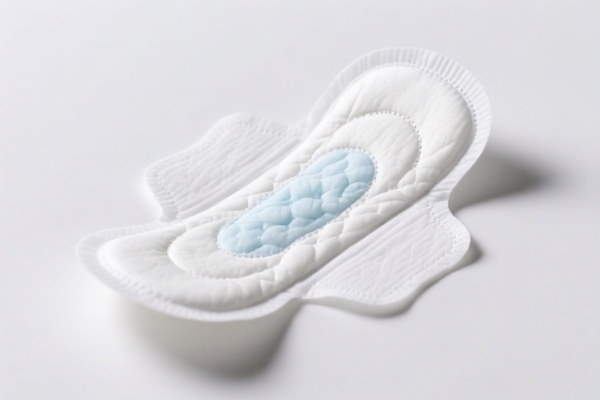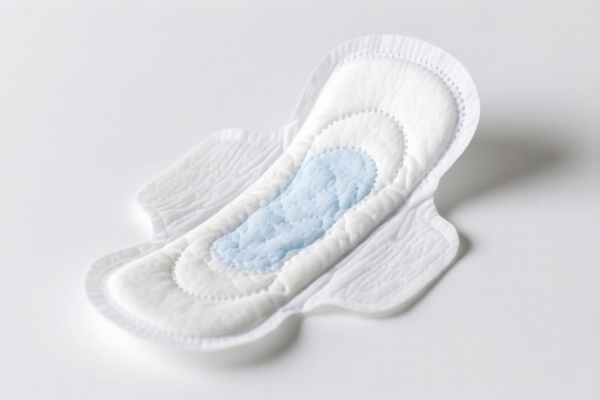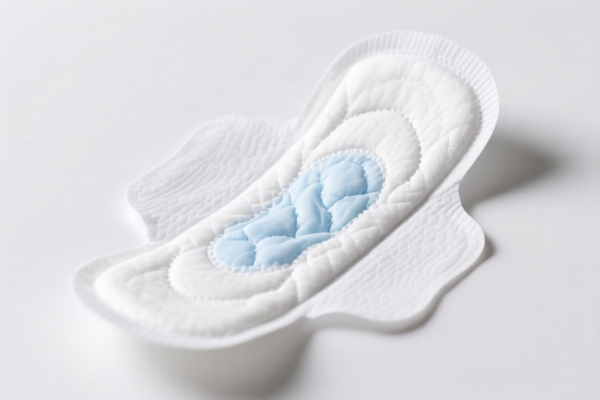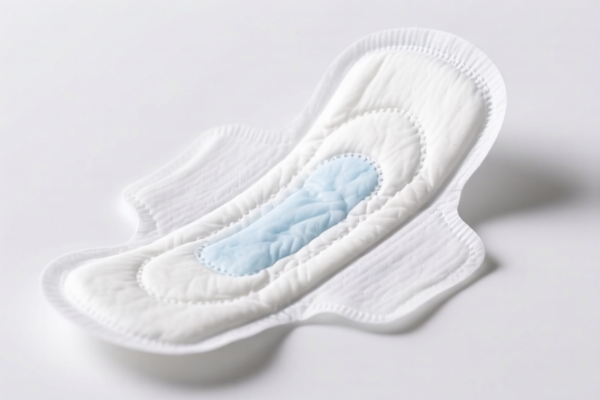| HS Code | Official Doc | Tariff Rate | Origin | Destination | Effective Date |
|---|---|---|---|---|---|
| 6914108000 | Doc | 64.0% | CN | US | 2025-05-12 |
| 6914908000 | Doc | 60.6% | CN | US | 2025-05-12 |
| 6911900050 | Doc | 42.9% | CN | US | 2025-05-12 |
| 3926904510 | Doc | 58.5% | CN | US | 2025-05-12 |
| 3926909905 | Doc | 42.8% | CN | US | 2025-05-12 |
| 3925900000 | Doc | 60.3% | CN | US | 2025-05-12 |




Faucet Drain Pad
A faucet drain pad, also known as a sink drain protector, basin strainer, or kitchen sink strainer, is a small component used in plumbing fixtures to prevent debris from entering the drainpipe and potentially causing blockages.
Material:
- Stainless Steel: Most common due to its durability, rust resistance, and ease of cleaning. Available in various gauges (thicknesses).
- Plastic: Often polypropylene or other resilient polymers. Lower cost but less durable than stainless steel. May be prone to staining or cracking over time.
- Silicone: Flexible and provides a good seal. Commonly used as a temporary solution or in specific strainer designs.
Purpose:
The primary purpose of a faucet drain pad is to catch food particles, hair, small objects, and other debris before they go down the drain. This prevents clogs in the drainpipe, reducing the need for plumbing repairs or the use of drain cleaners. They also help to prevent unpleasant odors rising from the drain.
Function:
Drain pads typically feature a perforated or mesh surface that allows water to flow through while trapping solid waste. Some designs include a basket or container to collect the debris, making it easier to dispose of.
Usage Scenarios:
- Kitchen Sinks: The most common application, used during dishwashing and food preparation.
- Bathroom Sinks: Used to catch hair and soap scum.
- Laundry Sinks: Used to catch lint and other debris from washing clothes.
- Wet Bars: Used to prevent ice chips and other debris from entering the drain.
Common Types:
- Basket Strainers: Feature a deep basket to collect a large amount of debris. Often have a removable basket for easy emptying.
- Post Strainers: Fit into the sink drain opening and have a post with perforations. May include a stopper mechanism.
- Flat Strainers: Simple, flat pads with perforations. Less effective at catching large debris but useful for preventing small particles from entering the drain.
- Spring Strainers: A spring-loaded design that fits over the drain opening. Flexible and adaptable to different drain sizes.
- Silicone Strainers: Flexible, often suction-cup based, and can be placed over existing drains.
Maintenance:
Regular cleaning is essential. Debris should be removed frequently to prevent buildup and maintain proper water flow. Strainers may need to be replaced periodically if they become damaged or corroded.
Faucet drain pads are typically components used in plumbing fixtures, specifically to seal connections and prevent leaks around faucet drains. They are generally made of rubber or plastic materials.
Here are the relevant HS codes based on the provided reference material:
- 3926904510: Other articles of plastics and articles of other materials of headings 3901 to 3914: Other: Gaskets, washers and other seals O-Rings. This code covers gaskets, washers, and seals, which could include faucet drain pads made of plastic. The total tax rate is 58.5% (基础关税: 3.5%, 加征关税: 25.0%, 2025.4.2后加征关税: 30%).
- 3926909905: Other articles of plastics and articles of other materials of headings 3901 to 3914: Other: Other Elastic bands made wholly of plastics. While primarily for elastic bands, if the drain pad exhibits elastic properties and is made wholly of plastics, this code may be applicable. The total tax rate is 42.8% (基础关税: 5.3%, 加征关税: 7.5%, 2025.4.2后加征关税: 30%).
Regarding HS code 3926904510, please note that the item is classified as gaskets, washers, and other seals. Material verification may be required to confirm the composition of the drain pad.
Customer Reviews
No reviews yet.